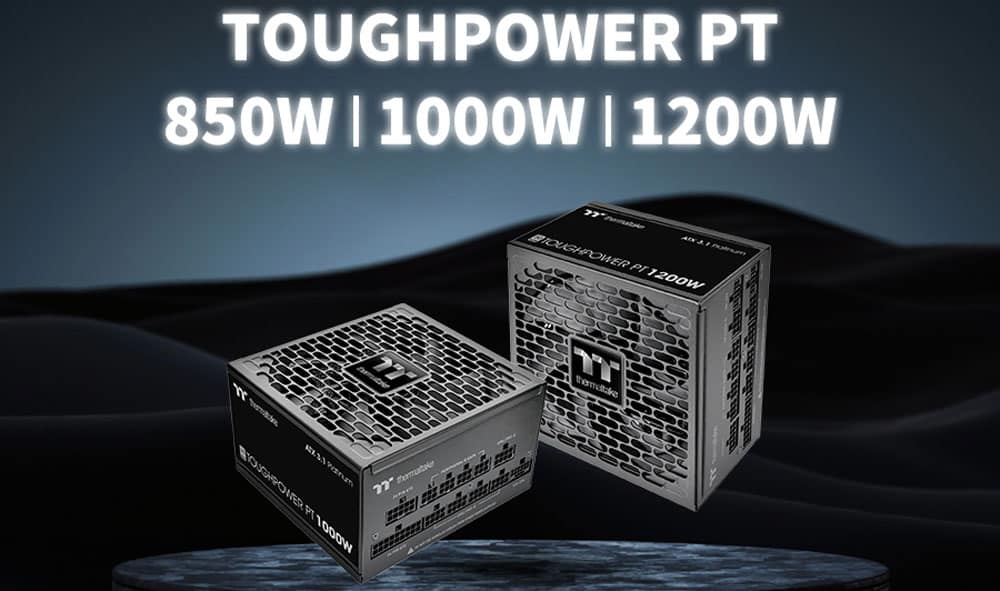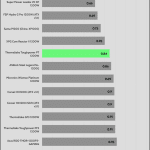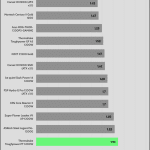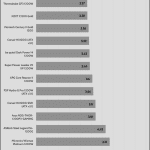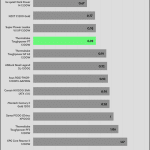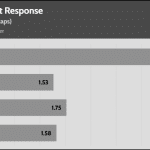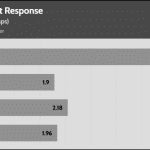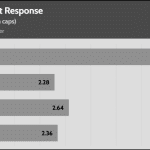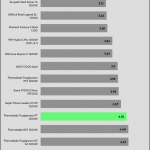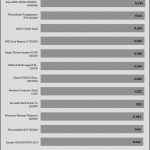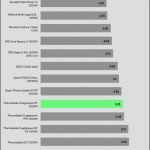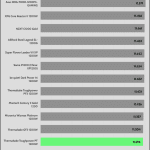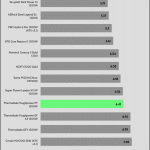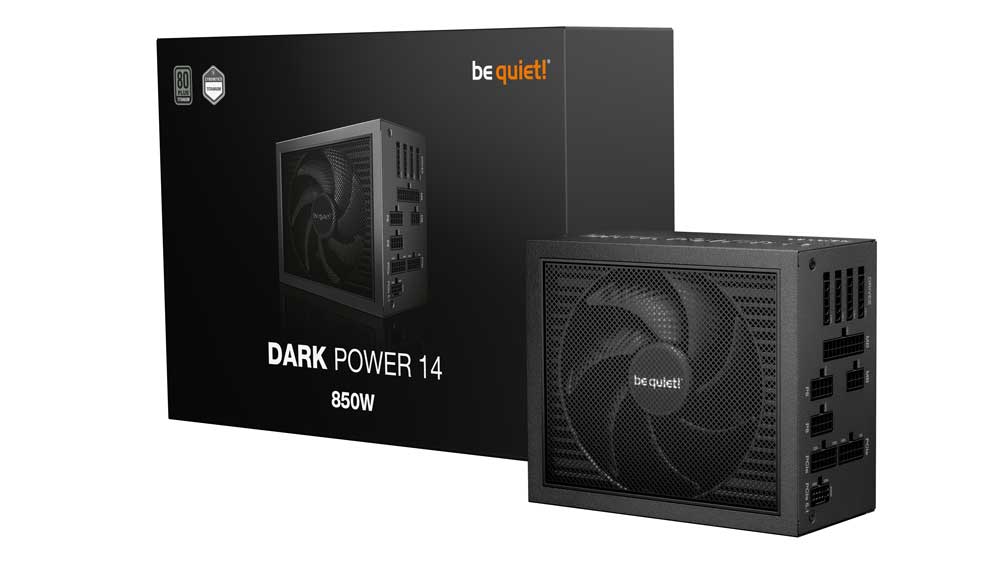Transient Response
Transient response in power supplies refers to how quickly and effectively the PSU stabilizes its output voltage during sudden changes in load demand, such as when a CPU or GPU increases its power draw. It’s measured by the time and voltage deviation during these shifts. A faster, smaller transient response ensures stable power, preventing instability and component damage.
20% Load – 20ms
| Advanced Transient Response 20% - 50 Hz - No Caps | ||||
| Voltage | Before | After | Change | Pass/Fail |
| 12V | 11.970V | 11.871V | 0.83% | Pass |
| 5V | 5.001V | 4.906V | 1.91% | Pass |
| 3.3V | 3.318V | 3.139V | 5.39% | Fail |
| 5VSB | 5.064V | 5.026V | 0.74% | Pass |
50% Load -20ms
| Advanced Transient Response 50% - 50 Hz - No Caps | ||||
| Voltage | Before | After | Change | Pass/Fail |
| 12V | 11.951V | 11.850V | 0.84% | Pass |
| 5V | 4.988V | 4.891V | 1.95% | Pass |
| 3.3V | 3.300V | 3.114V | 5.65% | Fail |
| 5VSB | 5.011V | 4.970V | 0.82% | Pass |
The transient response with normal loads is good at 12V, decent at 5V, and mediocre at 3.3V, where the unit failed to keep the respective rail above the specified lower limits (set by the ATX spec). Note please that this table is without extra capacitance, which boosts transient response performance.
Transient Response ATX v3.1 Tests
[Note] For PSUs without a 12+4 pin connector, the maximum applied load for the transient response tests is 150%, rather than 200%.The PSU passes all ATX v3.1 transient response tests, but the 12V and 3.3V rails drop low at higher loads.
The 12V rail’s performance is below average in these tests.
